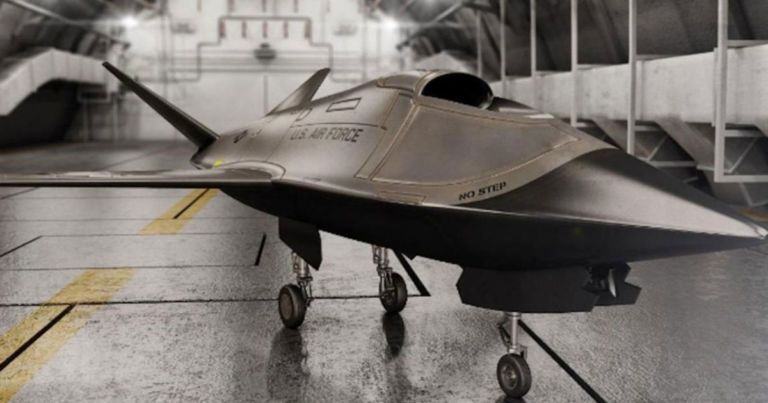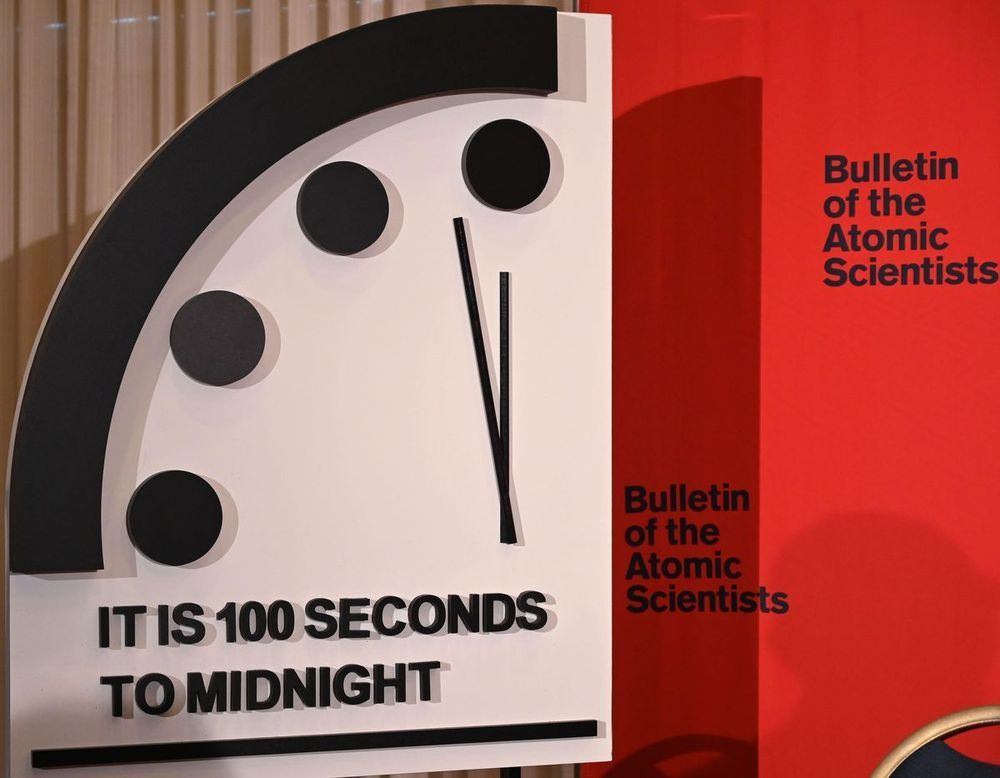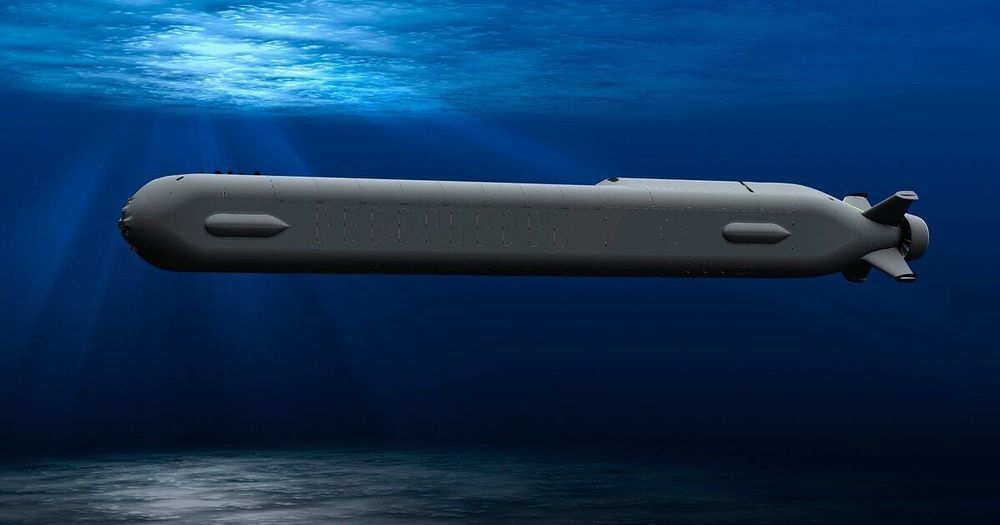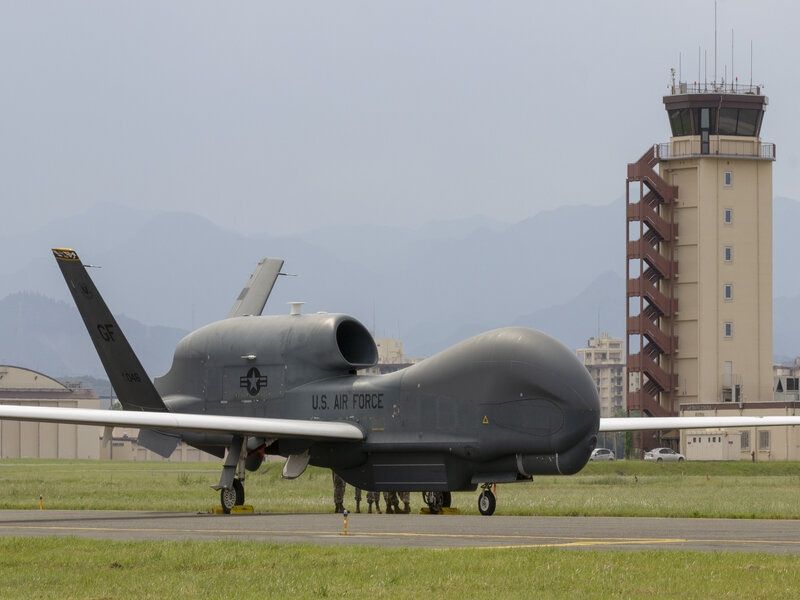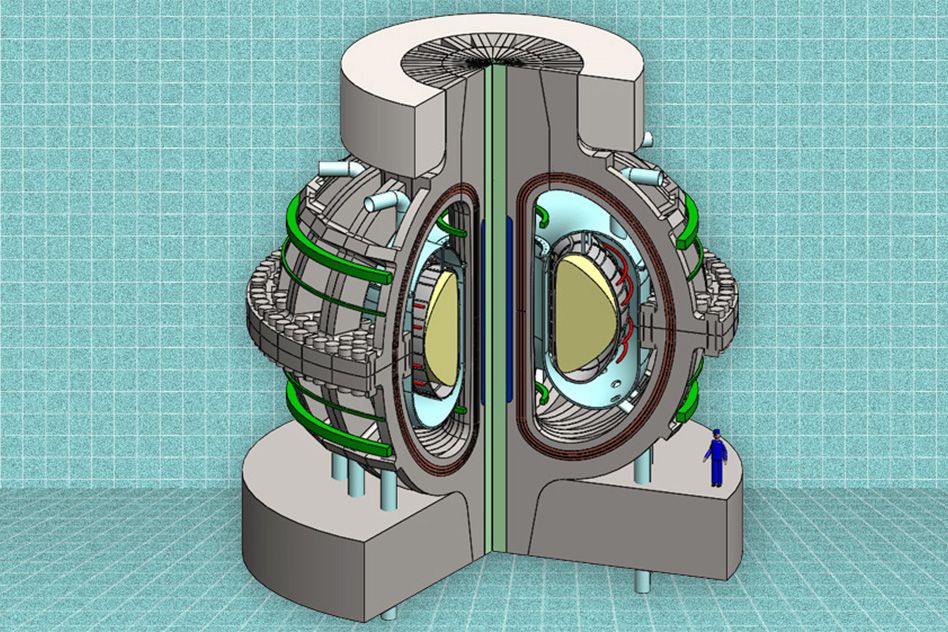Archive for the ‘military’ category: Page 161
Jun 7, 2020
Pentagon Wants Cyborg Implant To Make Soldiers Tougher
Posted by Quinn Sena in categories: biotech/medical, cyborgs, military
DARPA is developing bioelectronic devices that would dwell in the gut and produce therapeutic drugs on demand.
Jun 5, 2020
Air Force Pilots Are About to Do Battle With Autonomous Drones
Posted by Shane Hinshaw in categories: drones, military, robotics/AI, satellites
Changing Course
The Air Force announced an AI initiative called “Skyborg” last March with the goal of flying fighter jets without anyone at the controls. Now, Shanahan says that the Air Force may be more interested in swarm drones and other uses for AI than necessarily taking the pilot out of a fighter plane’s cockpit.
“Maybe I shouldn’t be thinking about a 65ft-wingspan, maybe it is a small autonomous swarming capability,” Shanahan told BBC News. “The last thing I would claim is that carriers and fighters and satellites are going away in the next couple of years.”
Jun 3, 2020
World War 3 fears: Russia plans more than 100 military drills this year
Posted by Quinn Sena in categories: existential risks, military
RUSSIA plans to hold more than 100 military drill this summer as Vladimir Putin ramps up his nation’s war readiness.
Jun 3, 2020
73 Years After Its Debut, The Doomsday Clock Is 100 Seconds From Midnight
Posted by Quinn Sena in categories: existential risks, military, nuclear energy
73 years ago, the same scientists who had helped to begin the atomic age set a “doomsday clock” for humanity. It first appeared on the cover of the June 1947 issue of the Bulletin of the Atomic Scientists as a dire warning about the nuclear rivalry between the U.S. and the Soviet Union. At that moment, the Bulletin estimated that we stood at about 7 minutes to midnight, which represented nuclear apocalypse.
The Doomsday Clock wasn’t – and still isn’t – a precise countdown to the end of all things. It’s a metaphor for how dangerous the global situation seems to be at a given moment, in the very well-informed but also subjective opinion of the Bulletin’s board of directors. In June 1947, things looked dire. The U.S. had dropped a pair of atomic bombs on Japan less than two years before; when the Bulletin of the Atomic Scientists first published the Doomsday Clock image, researchers were still studying the aftermath of those bombs. Meanwhile, the Soviet Union was hard at work on its own atomic program, and was just a couple of years away from testing its first atomic bomb in 1949.
Through the Cold War and in the decades since, the clock’s minute hand has moved about two dozen times. In September 1953, it stood at two minutes to midnight, following Russia’s August 1953 hydrogen bomb test – which in turn had followed a U.S. hydrogen bomb test in November 1952. Those tests meant the two feuding superpowers each had much more powerful new weapons with which to destroy each other; the tests also heightened the sense of life-or-death competition that made it more likely that someone would decide to use those terrible new bombs.
Jun 2, 2020
To compete with China, an internal Pentagon study looks to pour money into robot submarines
Posted by Quinn Sena in categories: economics, military, robotics/AI
The Navy is also developing a family of unmanned surface vessels that are intended to increase the offensive punch for less money, while increasing the number of targets the Chinese military would have to locate in a fight.
That’s a push that earned the endorsement of Chief of Naval Operations Adm. Michael Gilday in comments late last year.
“I know that the future fleet has to include a mix of unmanned,” Gilday said. “We can’t continue to wrap $2 billion ships around 96 missile tubes in the numbers we need to fight in a distributed way, against a potential adversary that is producing capability and platforms at a very high rate of speed. We have to change the way we are thinking.”
Jun 2, 2020
USAF RQ-4 Global Hawks return to Yokota AFB, Japan
Posted by Quinn Sena in category: military
The US Air Force’s (USAF) RQ-4 Global Hawks have returned to Yokota Air Force Base (AFB) in Japan from Andersen AFB in Guam.
To support the US Indo-Pacific Command reconnaissance requirements, the Pacific Air Forces conducted a rotation of the air vehicle, ensuring continuous operations.
Owned by the USAF 319th Reconnaissance Wing Det 1, the rotation provides a stable location to the aircraft.
Jun 2, 2020
U.S. Army’s New Drone Swarm May Be A Weapon Of Mass Destruction
Posted by Quinn Sena in categories: drones, military
Like Terminators, such drones may look like science fiction. But the U.S. Army has been working on a Cluster UAS Smart Munition for Missile Deployment which looks like a real-world embodiment of AFADS.
The Cluster Swarm project is developing a missile warhead to dispense a swarm of small drones that fan out to locate and destroy vehicles with explosively formed penetrators or EFPs. (An EFP spits a high-speed slug of armor-piercing metal some tens or hundreds of meters). This is similar in concept to the existing CBU-105 bomb, a 1000-pound munition which scatters forty ‘Skeet’ submunitions each over the target area, each of which parachutes down, scanning the ground with a seeker until it finds a tank and fires an EFP at it; the picture above shows one test. CBU-105’s dropped by B-52 bombers successfully knocked out entire Iraqi tank columns in 2003, leading them to be termed ‘Cans of whup-ass.’ The Cluster Swarm would be vastly more powerful.
The Cluster Swarm involved drones packed into the Army’s existing GMLRS rockets, which carry a 180-pound payload and have a range of over 70 kilometers, or ATACMS missiles that carry a 350-pound payload over 270 kilometers. The original idea was that the missile payload would be quadcopter drones encased in an aerodynamic shell that would disperse them over the target area. However, the challenges of unfolding quadcopters mid-air may have been too great, as the Phase II development, recently completed, went to AVID LLC, who have a slightly different approach.
Jun 1, 2020
ARC reactor design uses superconducting magnets to draw fusion power closer
Posted by Quinn Sena in categories: bioengineering, military, nuclear energy, particle physics
Circa 2015
Fusion power can seem a bit like the last bus at night; it’s always coming, but never arrives. MIT is working to change that with a new compact tokamak fusion reactor design based on the latest commercially available magnetic superconductor technology. The ARC (affordable, robust, compact) reactor design promises smaller, cheaper reactors that could make fusion power practical within 10 years.
A commercially viable fusion reactor has been the Holy Grail of engineering since the 1950s, with the potential to turn almost all other major electricity sources into an historical footnote overnight. If perfected, it would essentially be an inexhaustible source of power, impacting on almost every aspect of life, from the environment to global politics. The trick is making it practical.
Continue reading “ARC reactor design uses superconducting magnets to draw fusion power closer” »
Jun 1, 2020
Pentagon to open Nellis Air Force Base for 5G testing
Posted by Saúl Morales Rodriguéz in categories: internet, military
The decision to open up testing at Nellis comes as the National Spectrum Consortium wraps up solicitations for 5G testing at four other military bases.


